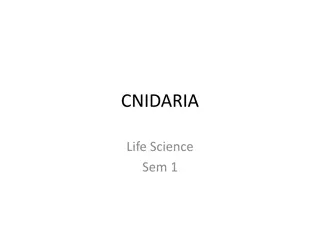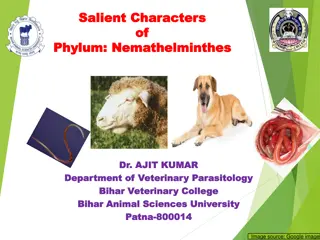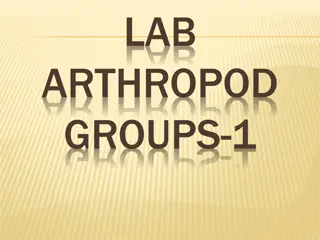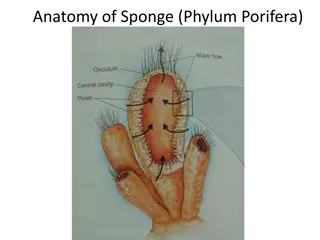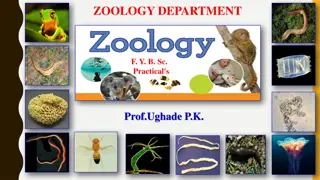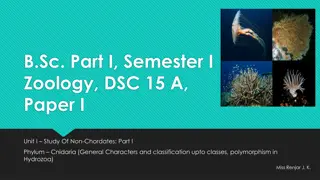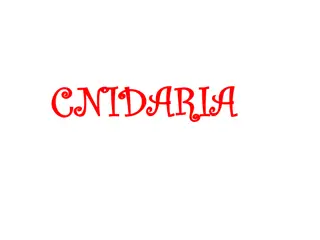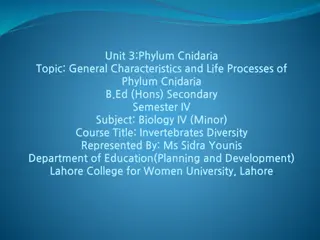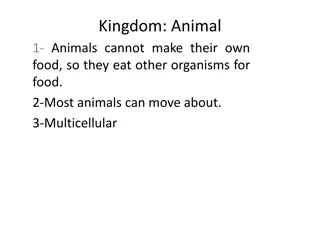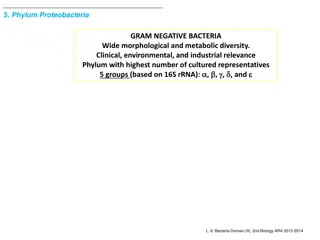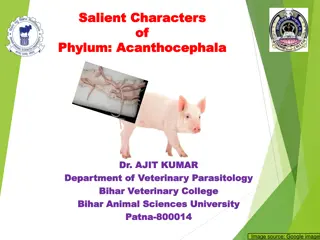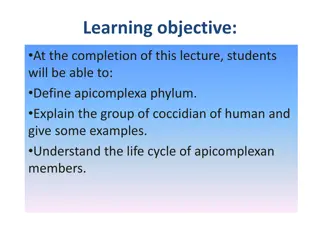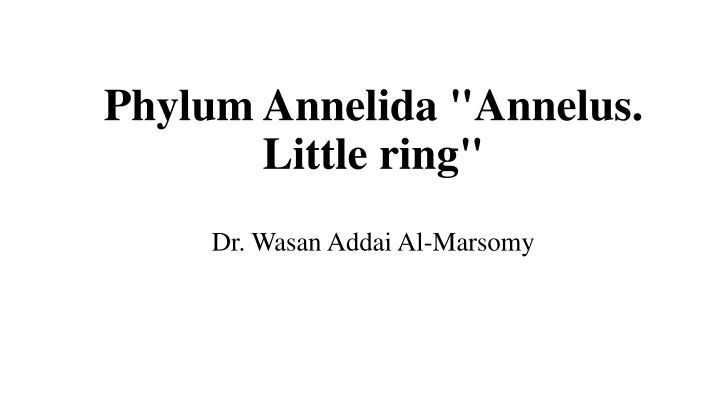
Overview of Annelida Phylum: General Characteristics and Classes
Annelida is a diverse phylum characterized by metamerism, closed circulatory system, complete digestive system, and presence of chaetae. Classes within Annelida include Polychaeta and Clitellata, each with unique features and adaptations.
Download Presentation

Please find below an Image/Link to download the presentation.
The content on the website is provided AS IS for your information and personal use only. It may not be sold, licensed, or shared on other websites without obtaining consent from the author. If you encounter any issues during the download, it is possible that the publisher has removed the file from their server.
You are allowed to download the files provided on this website for personal or commercial use, subject to the condition that they are used lawfully. All files are the property of their respective owners.
The content on the website is provided AS IS for your information and personal use only. It may not be sold, licensed, or shared on other websites without obtaining consent from the author.
E N D
Presentation Transcript
Phylum Annelida "Annelus. Little ring" Dr. Wasan Addai Al-Marsomy
General characters 1. Body metamerically (homologous segments) segmented (Metamerism). 2- Bilaterally symmetrical and vermiform. 3- Body wall with outer circular and inner longitudinal muscle layers; outer transparent moist cuticle secreted by epithelium. 4- Body cavity is a true coelom, often divided by internal septa. 5- Body possesses 3 separate section, head, trunk and pygidium. The head consist of two segments prostomium (1st. Segment) and peristomium (2ed. Segment).
General characters 6-Circulatory system is closed. 7- Digestive system complete. 8- Respiration through body wall or gills on parapodia (locomotion organs). 9- Excretory system typically consists of a pair of nephridia per segment 10- Nervous and sensory systems present. 11- Hermophroditic or dioecious, asexual reproduction. 12- Chaetae. A distinctive feature of annelids chaetae also called setae. Parapodia (para, beside + podia, feet), singular parapodium, are paired un-jointed lateral outgrowths. They are characteristic of Polychaeta
13- Parapodia are either uniramous or biramous. In the latter case, the dorsal lobes or branches are called notopodia and the ventral branches neuropodia..
Classes of Annelida 1- Class Polychaeta (sand worm, tube worm and clam worm) Marine Prostomium with two pairs of tentacles and palps. Pairs Parapodia each segment. Parapodia consist of upper division (notopodium) and ventral division (neuropodium) with cirrus (cirri). Dioecious, external fertilization, with a free-swimming trochophore larva Trochophore larvae (ciliated structure feed on zooplankton).
2- Class Clitellata a- Subclass Oligochaeta (Earthworms and Freshwater Worms Their name means few hairs All bear setae, but the number of setae present is much smaller than in polychaetes. Head without antennae and palps. They differ from polychaetes in that they possess permanent sex organs. Respiration through body wall. No parapodia. Hermaphrodites, development direct, eggs are deposited in a cocoon by clitellum. Feed on detritus and algae. They help to aerate soil and increase soil productivity.
Earthworms (Digestive system) Mouth is the beginning of the digestive tract. Pharynx is located in segments 1-6. the esophagus in segments 6-13 acts as a passageway between pharynx and crop. The crop stores food temporarily. The mixture that the earthworm ingests is ground up in the gizzard. In the intestine, which extends over two-thirds of the body length. Digestion and absorption take place. Soil particles and undigested matter pass out of the worm through the rectum and anus.
A typhlosole is an internal fold of the intestine. In earthworm it is a dorsal flap of the intestine that runs along most of its length. Its function is to increase intestine surface area for more efficient absorption of digested nutrients.
Earthworms (Reproduction) The Clitellum is a swelling of the body found in sexually mature worms and is active in the formation of an egg capsule or cocoon . Eggs are produced in the ovaries and pass out body through female genital pores. Sperm are produced in the testes pass out body through male genital pores. During mating, sperm from one worm travel along the sperm grooves to the seminal receptacles of another worm. Fertilization of eggs take place outside the body as the cocoon moves forward over body, picking up the eggs of one worm and the sperm of its mate.
Earthworms (Circulatory system) The pumping organs of the circulatory system are five aortic arches. Circulatory fluids travel from the arches through the ventral blood vessel to capillary beds in the body. The fluids then collect in the dorsal blood vessel and reenter the aortic arches.
Earthworms (Nervous system) The nervous system consists of the ventral cord, which travels of the worm on the ventral side, and a series of ganglia, which are masses of tissue containing many nerve cells. The nerve collar surrounds the pharynx and consists of ganglia above and below the pharynx. Nervous impulses are responsible for movement and responses to stimuli. Each segment contains an enlargement or ganglion along ventral nerve cord.
Earthworms (Excretory and circulatory systems) Excretory functions are carried on by nephridia, which are found in pairs in each body segment. They appear tiny white fibers on the dorsal body wall. The earthworm has no gills or lungs. Gases are exchanged between the circulatory system and the environment through the moist skin.
b- Subclass Hirudinea (Leeches) They have a fixed number of segments (usually 34) Both an anterior and posterior sucker No parapodia, and usually setae Anterior sucker is small and contains the mouth and posterior sucker is for attachment The coelom is not subdivided by septa in most species, and it has been filled with muscle and connective tissue. Leeches are hermaphorditic. Freshwater habitats, few marine and some are terrstrial Most are either carnivorous or external parasites on fishes, frogs
Medicinal Leeches ( G:Hirudo medicinalis) The salivary glands excrete hirudin which prevents the blood from coagulating . May also secrete an anaesthetic and substance to dilate small blood vessels. Blood is broken down by symbiotic bacteria that is then used by the leeches Leeches were commonly used in the 19th century for bloodletting Recent medical uses are to relieve pressure after vascular tissue is damaged.


